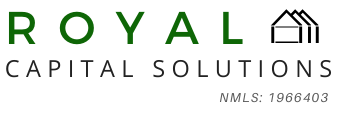A conventional loan is a popular mortgage option for homebuyers who meet standard lending requirements and do not need government-backed assistance. Unlike FHA, VA, or USDA loans, conventional loans are offered by private lenders such as banks, credit unions, and mortgage companies and follow guidelines set by Fannie Mae and Freddie Mac. These loans typically require a higher credit score and a stable financial history but offer competitive interest rates and flexible terms for qualified borrowers.
One of the key advantages of a conventional loan is its flexibility in loan terms and down payment options. Borrowers can choose from various loan terms, including the common 15-year and 30-year fixed-rate mortgages, as well as adjustable-rate mortgages (ARMs). While a 20% down payment is often recommended to avoid private mortgage insurance (PMI), many lenders offer conventional loans with as little as 3% down for first-time homebuyers. This makes conventional loans accessible while still providing long-term financial benefits.
Conventional loans are also a great choice for borrowers looking to purchase a primary residence, second home, or investment property. Since they are not restricted by government program requirements, buyers have fewer limitations on property types and loan amounts, making them a preferred option for those with strong credit and stable income. Additionally, borrowers who put down at least 20% can avoid PMI, reducing their overall mortgage costs.
If you’re considering a conventional loan, it’s important to assess your financial situation, including your credit score, debt-to-income ratio, and savings for a down payment. Working with an experienced lender can help you find the best mortgage terms to fit your needs and secure your dream home. Contact us today to explore your conventional loan options and take the next step toward homeownership!












